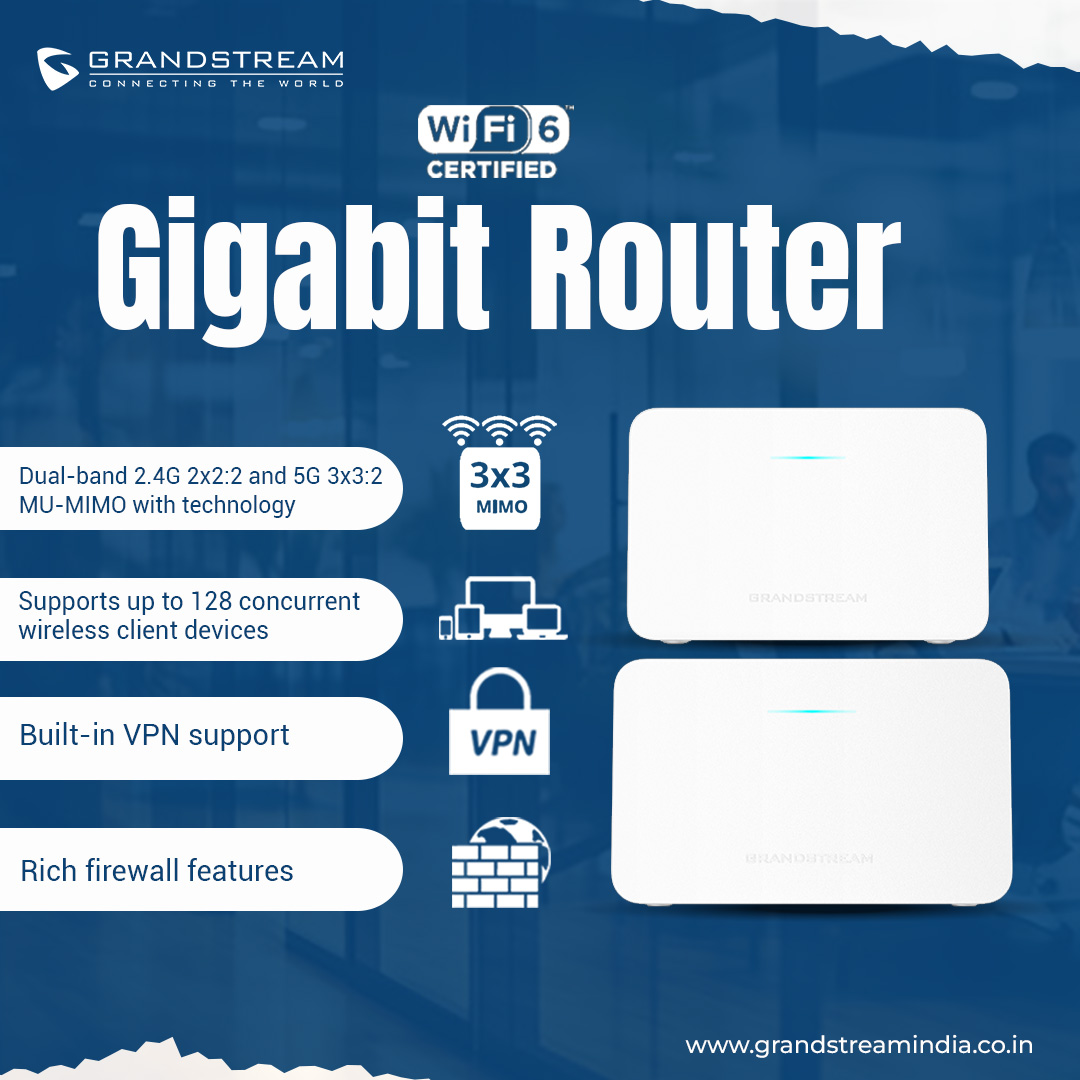Unified Communications Solutions: Transforming Business Communication

In today’s fast-paced digital world, businesses require seamless and integrated communication tools to remain competitive, efficient, and responsive. Unified communications solutions (UC) have emerged as a critical enabler for such capabilities, offering a comprehensive framework that integrates voice, video, messaging, mobility, and collaboration tools into a single, cohesive system. These solutions simplify business communications, improve productivity, and enhance customer engagement — all while reducing operational costs.
In this article, we’ll explore the core components of unified communications solutions and highlight how technologies like Unmanaged Switches, IP PBX systems, IP Voice Telephony Solutions, and Access Points work together to support a unified, modern workplace.
Understanding Unified Communications Solutions
Unified communications solutions are not defined by a single product or platform but by the seamless integration of various communication technologies. UC brings together different channels — such as voice, video conferencing, instant messaging, email, and file sharing — into one unified interface. This integration allows employees to communicate and collaborate in real time across multiple devices and locations, creating a more agile and efficient business environment.
With UC, a business can leverage features such as presence (knowing who is available and how to reach them), real-time conferencing, unified messaging (email, voicemail, and texts in one inbox), and seamless switching between communication modes.
Core Components of Unified Communications
To understand how unified communications function, it’s important to delve into the infrastructure and technologies that make it all possible:
1. IP PBX System – The Communication Hub
At the heart of many unified communications deployments is the IP PBX system. An IP PBX (Internet Protocol Private Branch Exchange) serves as the central platform that manages internal and external calls over an IP network. Unlike traditional PBX systems that rely on analog connections, an IP PBX uses digital signals to route calls through data networks.
An IP PBX system supports advanced features such as auto-attendant, call forwarding, voicemail to email, and conference bridging. It is also highly scalable and can integrate with customer relationship management (CRM) systems, contact centers, and mobile applications — making it a vital part of any unified communications strategy.
2. IP Voice Telephony Solutions – High-Quality Voice Across Networks
Voice communication remains a critical component of business operations. IP Voice Telephony Solutions leverage Voice over IP (VoIP) technology to transmit voice data over the internet instead of traditional telephone lines. These solutions provide clear audio quality, reduced call costs, and enhanced flexibility.
VoIP phones, softphones, and communication apps are all part of IP voice telephony. These tools are designed to work seamlessly within a UC framework, allowing users to make and receive calls from any device connected to the internet — whether it's a desk phone, laptop, or smartphone.
IP Voice Telephony is especially powerful when combined with IP PBX systems, offering a fully integrated calling experience that supports mobility, remote work, and unified messaging.
3. Unmanaged Switches – Simplifying Network Connectivity
Reliable network connectivity is crucial for any unified communications setup. Unmanaged Switches play a key role in this by providing simple and effective network expansion. These plug-and-play switches do not require configuration, making them ideal for small to medium-sized businesses that need to quickly extend their networks.
Unmanaged switches connect devices such as IP phones, computers, printers, and wireless access points without the complexity of managed switch features. Though basic, they are highly effective in environments where advanced network management is unnecessary.
In a UC ecosystem, unmanaged switches ensure smooth data flow between devices, supporting consistent voice and video quality without lag or packet loss — essential for effective communication.
4. Access Points – Extending Wireless Communication
Today’s workforce demands mobility and wireless access to maintain productivity. Access Points (APs) are critical in delivering high-speed wireless connectivity throughout an office or business premises. By connecting to a wired network and broadcasting Wi-Fi signals, access points enable employees to stay connected on the go.
In the context of unified communications, access points ensure that users can access voice and video calls, emails, chats, and other collaboration tools wirelessly and seamlessly. A well-planned network of access points minimizes dead zones, improves device roaming, and supports bandwidth-intensive applications like video conferencing.
Modern APs often include features such as dual-band support, mesh networking, and enterprise-grade security — all essential for reliable and secure unified communications.
Benefits of Unified Communications for Businesses
By integrating these components — IP PBX systems, IP voice telephony, unmanaged switches, and access points — unified communications solutions offer a wide range of business benefits:
Improved Collaboration: Employees can communicate in real-time using the most convenient medium — whether it’s voice, video, or instant messaging — fostering better teamwork and decision-making.
Enhanced Productivity: With UC, information flows more freely, and tasks can be completed faster thanks to the integration of communication tools with business applications.
Cost Efficiency: Businesses save on phone bills, reduce travel expenses with virtual meetings, and lower infrastructure costs by using VoIP and cloud-based systems.
Scalability and Flexibility: UC systems grow with your business and adapt to changing needs, whether you're adding new users, opening new locations, or transitioning to remote work.
Better Customer Service: Unified communications streamline customer interactions by providing faster response times, centralized communication records, and intelligent call routing.
Real-World Example: Grandstream’s Role in Unified Communications
One of the leading providers in this space is Grandstream, known for delivering end-to-end unified communications solutions. Grandstream offers a comprehensive suite of products including:
- IP PBX systems that support thousands of users and advanced telephony features.
- IP Voice Telephony Solutions such as VoIP phones and softphones with HD voice and video.
- Unmanaged Switches to extend network connectivity without complicated setups.
- Access Points that deliver secure and scalable Wi-Fi for voice and data applications.
Grandstream's solutions are designed to be interoperable and user-friendly, making them ideal for businesses of all sizes looking to implement UC.
Conclusion
As organizations embrace digital transformation, unified communications solutions have become essential for staying competitive and agile. By integrating technologies like IP PBX systems, IP Voice Telephony Solutions, Unmanaged Switches, and Access Points, businesses can streamline operations, improve collaboration, and adapt to the needs of a modern workforce.
Note: IndiBlogHub features both user-submitted and editorial content. We do not verify third-party contributions. Read our Disclaimer and Privacy Policyfor details.







